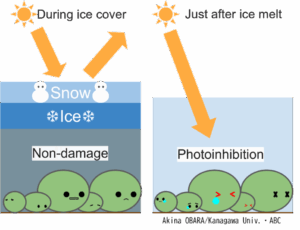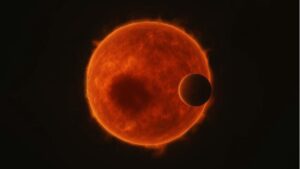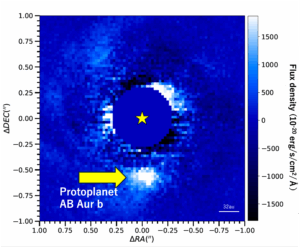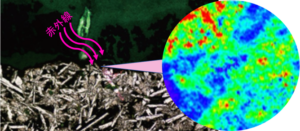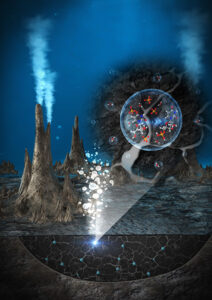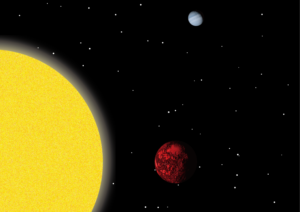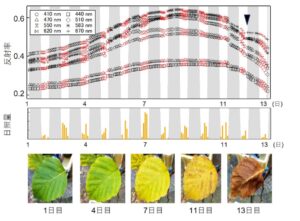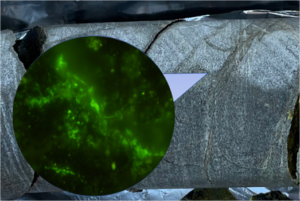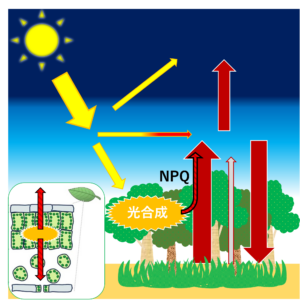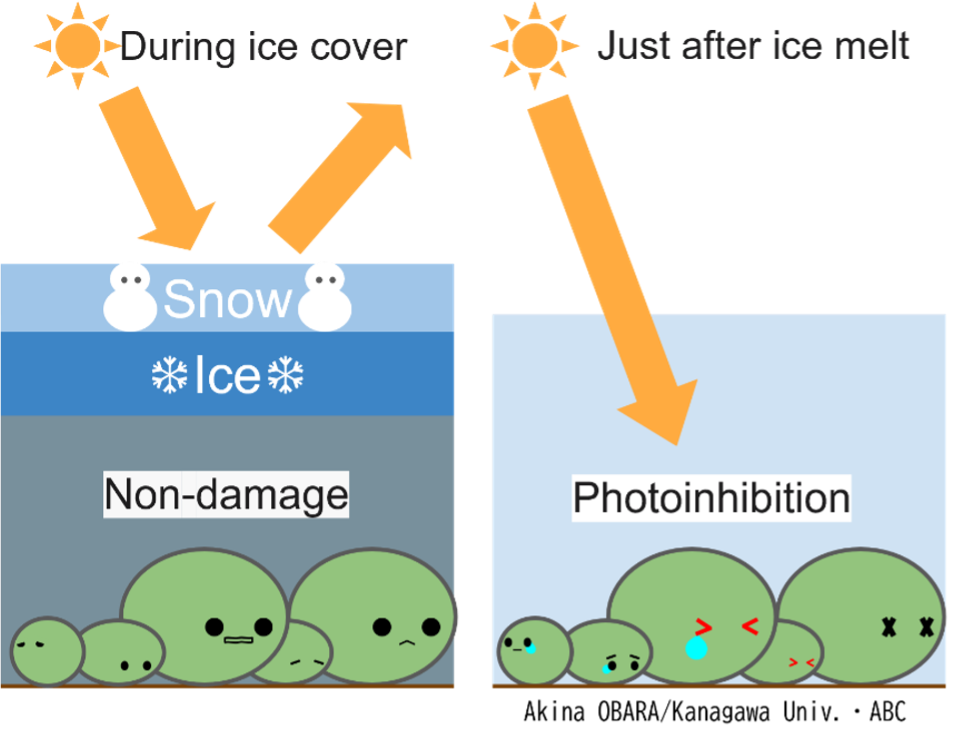
Key Highlights
- Field studies in Lake Akan revealed that marimo experience severe photoinhibition immediately after ice melt, caused by intense sunlight and low water temperatures.
- Despite this damage, marimo demonstrated strong resilience, recovering photosynthetic activity within 20–30 days through natural repair mechanisms.
- Climate change may extend these risky post-thaw periods, potentially threatening marimo survival due to prolonged light-induced stress.
Brief summary:
The marimo (Aegagropila brownii), a nationally designated Special Natural Monument of Japan, inhabits Lake Akan in Hokkaido, where environmental conditions fluctuate drastically with the seasons. Of particular concern is the period immediately after ice melt in early spring, when low water temperatures coincide with strong sunlight, posing a risk of severe damage to photosynthetic activity.
In this study, a research team led by the Astrobiology Center conducted a detailed assessment of marimo photosynthetic performance during this critical transition period, combining field observations with laboratory experiments. The results revealed that while marimo maintains healthy photosynthetic capacity in both summer and ice-covered winter conditions, their activity significantly declines just after ice melts. However, it was also found that marimo can recover this function over the following 20 to 30 days.
These findings provide valuable insight into the seasonal vulnerability of marimo and highlight the importance of spring as a critical period for conservation. The study was published in the international journal Phycological Research on September 29, 2025.
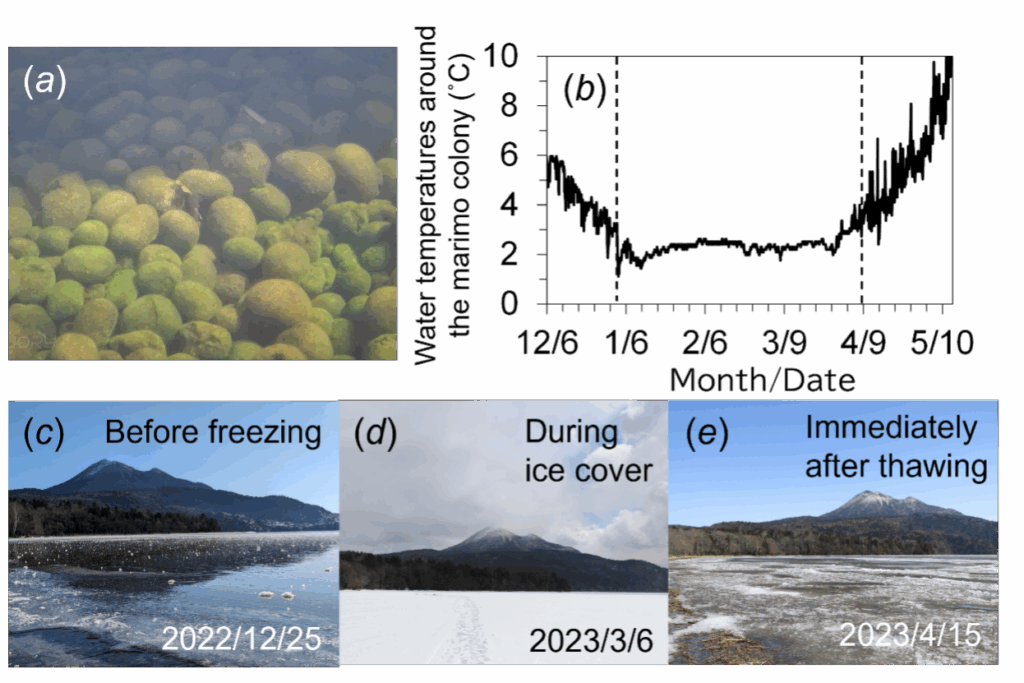
Main text:
【Background of the Study】
Marimo (Aegagropila brownii) (Note 1 & 2) is a freshwater green alga known for forming beautiful spherical aggregations. In particular, the large marimo found in Lake Akan, Hokkaido, are designated as a Special Natural Monument of Japan and represent a globally unique natural heritage.
During winter, Lake Akan is covered by thick ice and snow, which act like a “sunshade,” protecting marimo from harsh solar radiation. However, during seasonal transitions, which are just before ice formation and immediately after ice melt, the lake bottom experiences a harsh environmental condition characterized by low water temperatures (1–4°C) combined with strong sunlight. This creates what is known as a low water temperature and high light (LT-HL) environment (Note 3), which can severely stress photosynthetic organisms. Under such conditions, marimo may suffer “photoinhibition (Note 4),” a physiological impairment where photosystem II (Note 5), the protein complex responsible for photosynthesis, is damaged due to excess light energy.While the risk of photoinhibition under LT-HL conditions has been theoretically suggested, it remained unclear how marimo are actually affected in natural lake environments during these transitional periods. This study aimed to fill that knowledge gap through detailed field observations and laboratory experiments.
【Research Findings】
The research team conducted seasonal monitoring of water temperature and light conditions in Churui Bay of Lake Akan, along with seasonal sampling of marimo. Their photosynthetic performance was evaluated using a method called PAM chlorophyll fluorescence measurement (Note 6).
The results showed that marimo collected in summer (August) and in midwinter when the lake was fully ice-covered (March) maintained high photosynthetic activity, with Fv/Fm values—an indicator of photosystem II performance—around 0.6, indicating healthy physiological states.
In contrast, marimo collected immediately after ice melted (early April) exhibited significantly reduced Fv/Fm values, dropping to approximately 0.27 on the sun-exposed surface, clearly demonstrating severe photoinhibition. This suggests that marimo, which had acclimated to the dark conditions under ice, experienced substantial physiological stress due to sudden exposure to intense sunlight after thawing.
Nevertheless, marimo also demonstrated a remarkable capacity for recovery. By early May, 20–30 days after ice melt, Fv/Fm values had rebounded to around 0.55 as water temperatures began to rise. This recovery process was also verified in laboratory experiments, which showed that damaged marimo cells placed under low light began to recover their photosynthetic capacity.
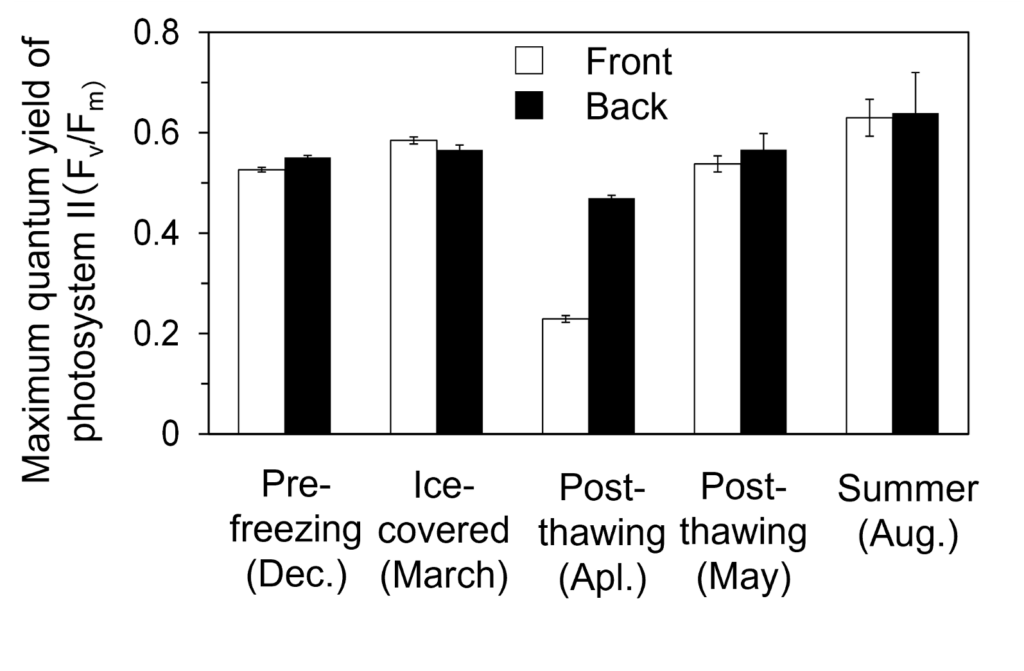
【Future Perspectives】
This study, for the first time, reveals based on field data that the most vulnerable period for Marimo throughout the year is immediately after the ice thaws. Environmental changes during this period could have a significant impact on the long-term survival of Marimo.
In recent years, due to the effects of climate change, a trend of delayed ice formation and earlier thawing has been reported in Lake Akan. This does not simply mean a longer warm period. Solar radiation is extremely strong on clear days from early spring (January to March), and under normal circumstances, a thick layer of ice and snow protects the Marimo. However, if the ice thaws earlier, the Marimo are exposed to this intense light for a longer period while water temperatures remain low. This raises concerns that the duration of exposure to the harsh LT-HL environment will be extended, making it easier for light-induced damage to accumulate. If the recovery from photoinhibition cannot keep pace, the entire Marimo population could weaken, potentially jeopardizing its future survival. Furthermore, the ice-covered period itself is a crucial element that supports the entire lake ecosystem, and its shortening or loss is expected to have a profound impact on the interactions among diverse organisms.
To pass this precious natural heritage on to future generations, it is crucial not only to protect the physical habitat but also to establish science-based conservation strategies that focus on the physiological impacts of climate change on Marimo, especially the light stress during this vulnerable period. The findings of this research extend beyond the specific biological community of Marimo in Lake Akan; they also hold significance as a model case for the universal challenge of how to conserve rare aquatic species facing complex stressors like climate change in other lake ecosystems, both in Japan and internationally.
This research also offers important insights from an astrobiological perspective. Elucidating the life strategies of Marimo, which endure and recover from sudden intense light stress upon ice thawing after dwelling in the darkness beneath the ice, provides critical clues for understanding the mechanisms by which life might survive in extreme extraterrestrial environments, such as icy celestial bodies. Furthermore, investigating the impact of Earth’s climate change on this unique ecosystem offers a valuable case study for considering how life might respond and leave its traces on planets that have experienced dramatic environmental shifts. This study is an attempt to address the fundamental astrobiological question, “How does life survive and evolve in extreme planetary environments?” by examining life forms here on Earth.
Glossary:
(Note 1) The Special Natural Monument “Marimo of Lake Akan”
Lake Akan is a dammed lake formed following the creation of the Akan Caldera and the ancient Lake Akan and was subsequently reshaped by volcanic activity from Mount Oakan. In the northern part of the lake, two bays, Churui Bay and Kinentanpe Bay, are home to extensive colonies of spherical marimo (Aegagropila brownii), an exceptionally rare phenomenon even on a global scale. Notably, Lake Akan is the only known lake in the world where giant spherical marimo exceeding 30 cm in diameter have been regularly observed.
Due to their rarity and high scientific value, the marimo of Lake Akan were designated a Natural Monument of Japan in 1921 and elevated to the status of Special Natural Monument in 1952. As of 2024, eight algal species have been designated as Natural Monuments in Japan, but Aegagropila brownii from Lake Akan remains the only algal species to hold the status of a Special Natural Monument.
(Note 2) Scientific Name of Marimo (Aegagropila brownii)
In 2023, a taxonomic study redefined the correct scientific name of marimo as Aegagropila brownii, replacing the widely used but now invalid name Aegagropila linnaei. This change does not reflect any alteration in the biology, ecology, or genetics of the organism itself, but rather a correction in nomenclature based on international rules of taxonomic classification.
The revision stemmed from a re-evaluation of the “type specimen,” which determines the official identity of a species. The name A. linnaei was based on the species Conferva aegagropila, originally described by Carl Linnaeus in 1753. However, the lectotype later selected to represent this species was found to be a marine alga, not the freshwater marimo. According to the International Code of Nomenclature for algae, fungi, and plants, this means that the name A. linnaei applies to the marine species and cannot be used for freshwater marimo.
Consequently, researchers reexamined historical literature to identify the oldest valid name applicable to the freshwater marimo. They concluded that Conferva brownii, based on a specimen collected in 1809 from a cave pool in Northern Ireland, fulfilled the criteria. As a result, the correct scientific name for marimo has been changed to Aegagropila brownii (Guiry & Frödén, 2023).
This update is purely taxonomic revision. It does not change the biological identity or conservation significance of marimo, but instead provides a more accurate scientific framework for recognizing and protecting this unique organism.
(Note 3) LT-HL (Low Water Temperature–High Light) Environment
A unique environmental condition characterized by low temperatures and high light intensity, commonly found in polar regions or freshwater lakes immediately after ice melt in spring. For plants and algae, such conditions can impose significant stress on the photosynthetic machinery.
(Note 4) Photoinhibition
Photosynthesis is the process plants and algae use to live, but if the light is too strong, their ability to perform it can decrease. This phenomenon is called “photoinhibition.”
Let’s compare the mechanism of photosynthesis to a “nutrient factory” that runs on sunlight as its energy source. This factory can produce nutrients efficiently with a moderate amount of light. However, if it is flooded with excessive light that far exceeds its processing capacity (as explained in (Note 3) LT-HL Environment), the machinery working on the front lines of energy conversion (as explained in (Note 4) Photosystem II) gets damaged and breaks down. This state, where the “machinery has broken down, and the entire factory’s productivity has slowed”, is photoinhibition.
For the Marimo, which spend the winter quietly under the dark ice, the intense sunlight immediately after the ice thaws is overwhelmingly strong, making it a major cause of this “photoinhibition.”
(Note 5) Photosystem II (PSII)
A protein-pigment complex that drives the initial step of photosynthesis by absorbing light energy to split water molecules and extract electrons. It functions as part of the “engine” of photosynthesis and is particularly vulnerable to damage under excessive light exposure.
(Note 6) PAM (Pulse-Amplitude-Modulation) Chlorophyll Fluorescence Measurement
This is a widely used, non-invasive technique to measure the health and efficiency of photosynthesis in plants, algae, and cyanobacteria. The method works by exposing a sample to controlled pulses of light and measuring the faint red light that is re-emitted from chlorophyll, a phenomenon known as fluorescence. The “Pulse-Amplitude-Modulation” (PAM) technique uses different light intensities (a weak measuring light, a strong saturating pulse, and actinic light to drive photosynthesis) to precisely quantify different aspects of the photosynthetic process.
By analyzing the fluorescence signals, scientists can calculate key parameters, most notably the maximum quantum efficiency of Photosystem II (PSII), expressed as Fv/Fm. This value serves as a reliable indicator of the health of the photosynthetic apparatus. A high Fv/Fm value indicates a healthy, efficient system, while a low value suggests that PSII has been damaged by environmental stress, a condition known as photoinhibition. In this study, PAM measurements were crucial for quantifying the degree of stress the Marimo experienced and its subsequent recovery.
Funding :
This research was supported by JSPS KAKENHI Grants (Grant Numbers: 24K09493, 23H04961, and 23H02498). This work was also supported by the Sasakawa Scientific Research Grant from The Japan Science Society.
Publication
Journal: Phycological Research
Title: Photoinhibition Risk in Marimo (Aegagropila brownii) During Ice Transition Periods Based on Field Observations and Laboratory Assessments
Authors: Masaru Kono, Akina Obara, Yoshihiro Suzuki, Akitoshi Iwamoto, Keisuke Yoshida, Yoichi Oyama
DOI: 10.1111/pre.70013


